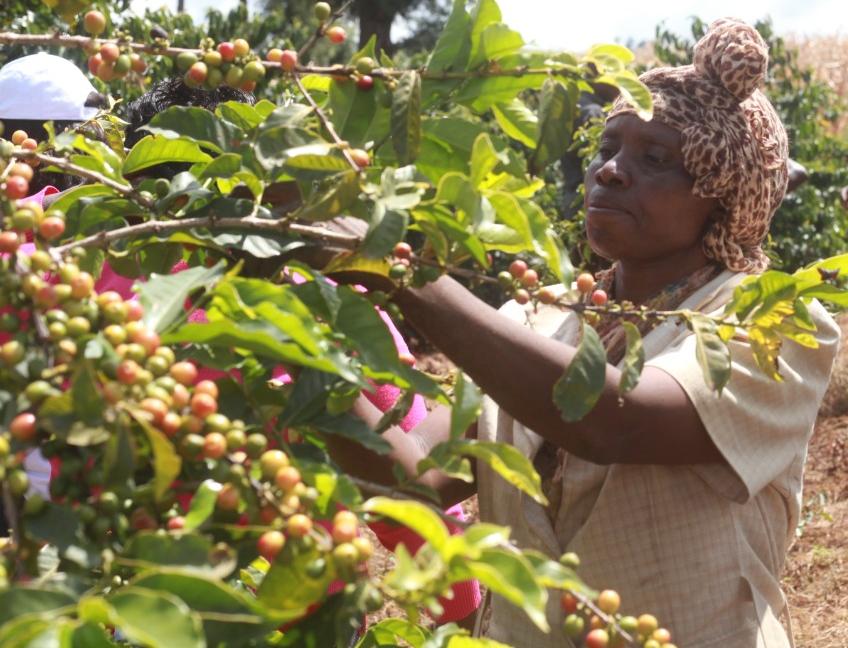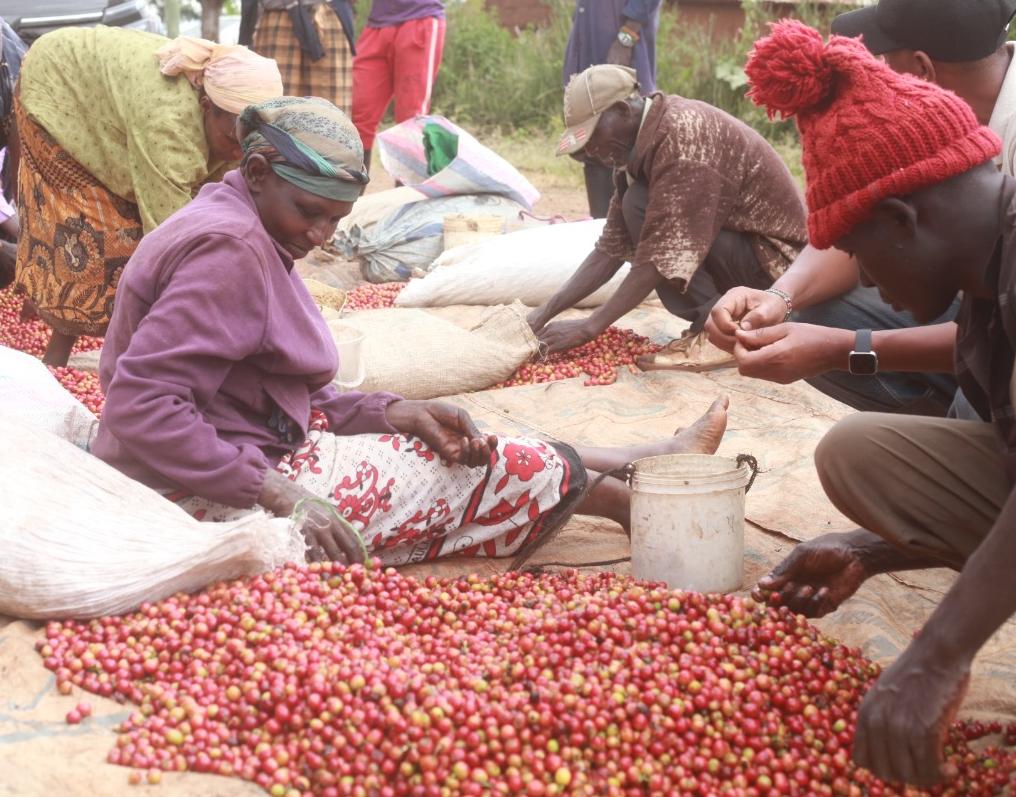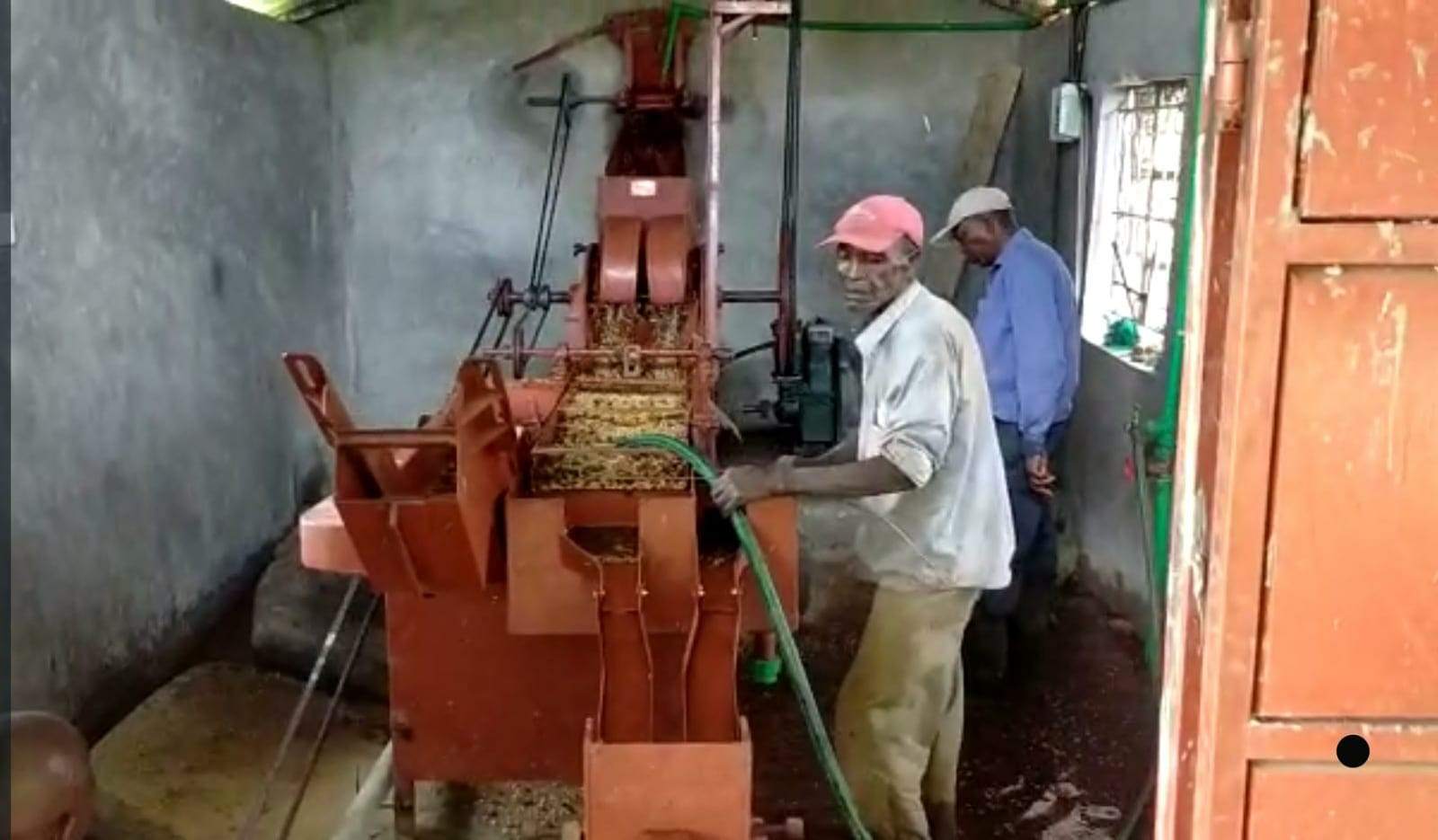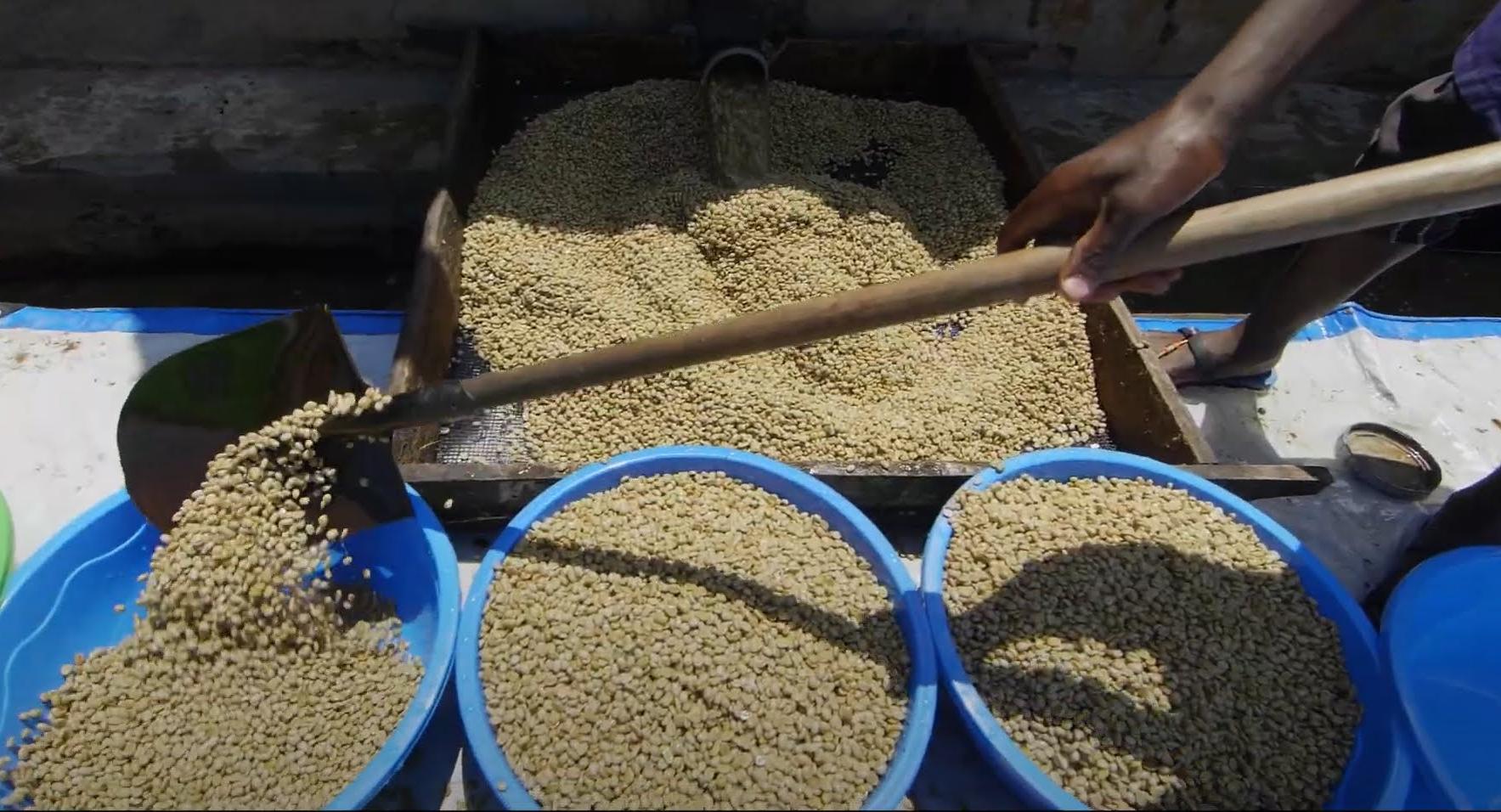Kenya, nestled in the heart of East Africa, is renowned for its breathtaking landscapes, diverse wildlife, and vibrant cultures. But beyond its beautiful scenery lies a thriving industry woven into the fabric of the nation's identity: Coffee production.
As October month turns to November, so too does the rhythm of the Kenyan coffee farms, signaling the start of the harvesting process.
Nature, labor, and tradition culminate in creating some of the world's most sought-after coffee beans: Kenyan kahawa, known for its delicate and vibrant flavors of bright acidity. With the highly anticipated harvesting season on the horizon, we explore how coffee harvesting and processing in Kenya contributes to one of the world's highly-rated coffee flavors!
Enjoy boundless flavors of Kenyan Coffee Beans (Kahawa)!
How is Coffee Harvested in Kenya?
Coffee cherries turn bright red in November and December, signaling the beginning of a fascinating journey to your table. The Kenyan highlands are the ultimate sanctuary for producing Arabica coffee; they also grace farmers with not one but two harvest seasons.
As you may know, coffee production involves countless decisions that affect the bean quality. Coffee farmers in Kenya are known for their precision and attention to detail in the production process. Such include the harvesting method and who picks the cherries from a coffee tree.
Selective Harvesting
Did you know Kenyan women are the preferred source of labor for coffee harvesting? In every harvesting season, the African queens have an opportunity to share their touch of love and patience as they handpick ripe cherries for assessment.
Selective harvesting is the preferred harvest method in Kenya, allowing farmers to pick only the viable cherries on the coffee plant straight into baskets tied around their waists. After a day's work, workers spread out the berries to eliminate debris or overripe cherries before weighing them.
 Kenyan Woman Engaged in Selective Coffee Cherry Picking on a Coffee Farm.
Kenyan Woman Engaged in Selective Coffee Cherry Picking on a Coffee Farm.
Cherry Sorting
The next step after hand-picking cherries is Sorting, an integral part of coffee processing. The berries are spread out and undergo sorting to remove dry, diseased, immature cherries, leaves, and twigs before being left for drying.
 Farmers and Workers Sorting Freshly Harvested Coffee Cherries.
Farmers and Workers Sorting Freshly Harvested Coffee Cherries.
Coffee Pulping
Though seemingly straightforward, Kenyan coffee's essence truly comes to life in the pulping stage. It sets the foundation for the exquisite flavors that coffee lovers worldwide have come to cherish.
Coffee berries undergo mechanical sorting for pulp removal. In their quest for quality assurance, Kenyan farmers still need to settle for manually sorting berries. The pulping process gives parchment coffee, graded (grade 1, grade 2, and lights).
Coffee grading is done based on the density and size of the berries, with grade 1 qualifying for the fermentation tank, where the coffee will spend another 4/5 days to ferment. Grades 2 and lights are processed again in the re-passer, a smaller pulping tank.
 Farmers skillfully employ a wet method pulping machine to extract coffee beans and the grading process.
Farmers skillfully employ a wet method pulping machine to extract coffee beans and the grading process.
Mucilage Removal
Mucilage removal is crucial in processing coffee beans after pulping to prevent over-fermentation and ensure the beans are clean and ready for further processing. Mucilage is a sticky, gel-like substance that surrounds the coffee bean and is composed of sugars and pectins. It acts as a protective layer for the bean during its growth.
Farmers in Kenya employ traditional and modern methods for mucilage removal. The most general method involves a careful fermentation process, as it plays a pivotal role in shaping the final flavor profile of the coffee.
The pulped beans are placed in water tanks for about 4/5 days, allowing natural enzymes to dissolve the mucilage gradually. Afterward, thorough washing is necessary to ensure no mucilage traces remain, then soaked under water for 12 hours. The soaking process elevates the bright flavors and colors Kenyan coffee is known for.
 A coffee worker extracts pulped coffee beans from fermentation tanks.
A coffee worker extracts pulped coffee beans from fermentation tanks.
Final Washing and Grading
Parchment coffee goes through an extra washing to remove any dirt or remains of sugars and mucilage in concrete channels, where parchment is pushed against a stream of clean water using wooden paddles for the ultimate cleansing effect.
Like the fermentation tanks, these cleaning channels are painted with acid-resistant dark paint to retain heat during fermentation while reducing friction during washing.
The final washing stage also allows bean grading. Sinking parchment coffee separated from ones floating on the water's surface. This process helps to distinguish between higher and lower-quality beans.
Processing by Sun- Drying
After pulping, coffee has a moisture content (mc) of about 55%. In Kenya, sun-drying is the preferred method of reducing the moisture content, and it takes about 14 days before coffee beans are declared ready for storage. Sun-drying brings moisture content to about 11%, perfect for storage, roasting, or hulling.
Coffee Storage
Farmers must pay attention to air circulation in the coffee during storage while waiting for hulling. To achieve this, the farmers put coffee beans in sacks and piled them on wooden pallets to allow unrestricted airflow. Coffee beans can stay in this state for six months with great care to ensure the coffee does not accumulate any moisture.
Coffee production in Kenya is a fascinating adventure that requires attentive harvesting and processing.
Through the skillful hands of Kenyan women and the unwavering dedication of farmers, selective harvesting, pulping, mucilage removal, and sun-drying culminate in the creation of the world-famous Kenyan coffee. It is not just a tradition; it's a testament to the enduring spirit of coffee production in Kenya.
As you savor your cup of Kenyan kahawa, remember the journey it undertook from cherry to cup, a journey woven with passion and precision to the heart of Solai farms in Kenya.
Solai Coffee brings the taste of Africa to your table!
Remember!
One Sip, That's it, Instant Joy!
Coffee Harvesting Process in Kenya